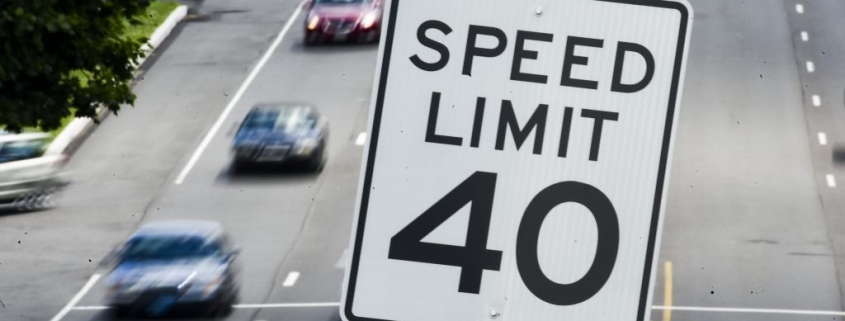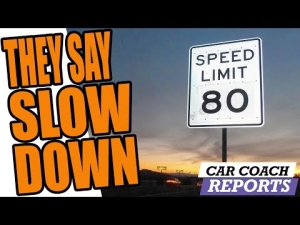Los Angeles has a … Peculiar approach to speed limits
Once upon a time, I had quite a passion for law. I loved discovering weird little legal anecdotes, and this one might just be the piece de resistance of weird little legal anecdotes. Within the realm of car safety, speed limits are an oft-debated topic. Unfortunately, the great state of California has just muddled the issue even more. There’s going to be a lot of legalese involved in breaking down this one, so buckle up.
Speed limits are a hotly debated issue
Surely, if you’re reading this, you’ve had the speed limits debate before. I, in my infinite and child-like naivety, wrote a paper on why the whole world should operate on Germany’s Autobahn system– with de-restricted zones everywhere. In hindsight, probably not a great idea. However, California has a somewhat interesting stance on the issue and has for some time.
The topic of our discussion focuses on this strange section of California’s legal statutes. In it, it states that “in cases in which the speed limit needs to be rounded up to the nearest five miles per hour increment of the 85th-percentile speed limit,” the DOT may decide to proud down the speed limits in 5 MPH increments, but not any more than that. So, what does all that legal jibberish mean? Well, in typical legal fashion, it’s all in the fine print.
Califonia traffic law is a weird place to be

Basically, Cali drivers control the legal limit. Albeit, in a very roundabout and bureaucratic way. More or less, speed limits are set so that only a few drivers instinctively go over them. For example, let’s say you’re driving down a side street, and see a 25 MPH sign after noticing you’re doing 35 MPH. Your body’s internal accelerometer, combined with your driving experience sort of set that speed for you. 35 feels right on that road, and California will abide by that if enough people do it.
It seems the goal here is to reduce the number of speeding tickets issued for minor traffic infractions such as speeding 5-10 MPH over the limit. This L.A. Times article points out that because of that law, the legal limit was raised on parts of Olympic and Overland boulevards. The issue, as the Times points out, is those speeds that drivers “instinctively” go are not always safe.
Should the U.S. consider another approach to speed limits?

This leaves us at an odd place. Clearly, modern vehicles are miles faster than ones even 10 years ago, and drivers are noticing. Obviously, raising speed limits on residential city streets is not a good idea. Just because cars are faster does not mean humans are suddenly more resistant to accidents. However, there is clearly a reason I see nearly everyone doing 80 MPH on the highway where I live. In all likelihood, there’s a balance to be struck here, and let’s just hope it leads to safe streets and less traffic.
RELATED: Three Men Drove to Every State in the US, Setting a New Record
The post Los Angeles has a … Peculiar approach to speed limits appeared first on MotorBiscuit.







